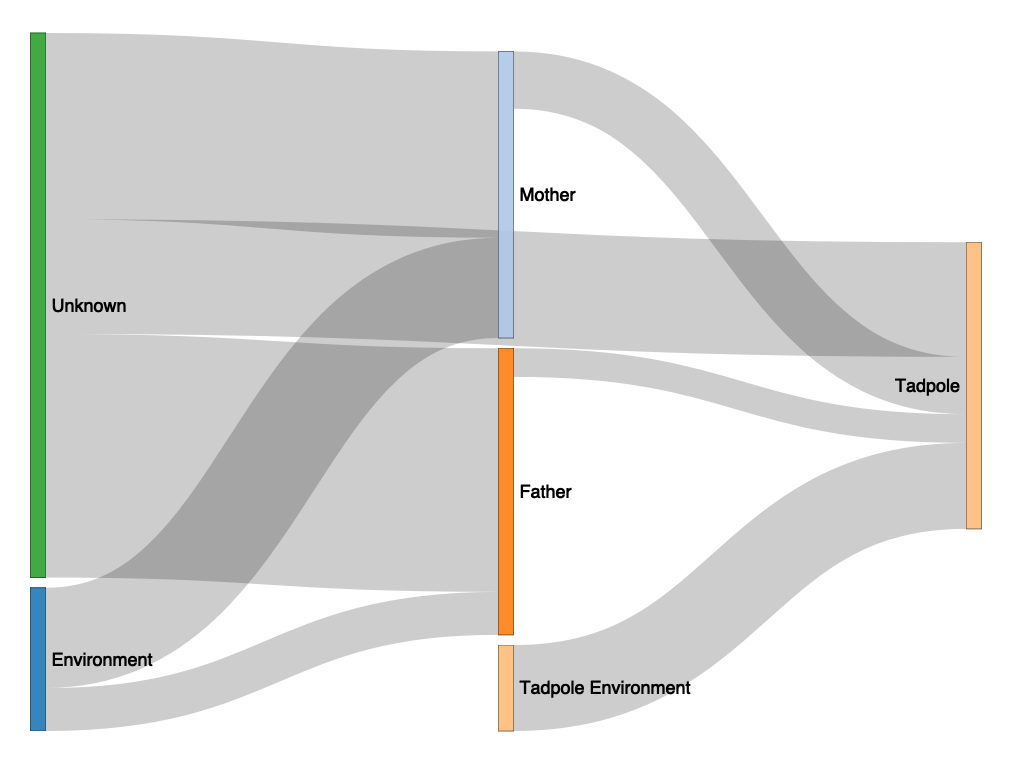Projects
The Beck lab uses molecular genetic techniques to study development and regeneration as well disease, using the Xenopus model vertebrate organism. We have worked on limb, eye and tail development and regeneration, and our current research follows two main themes. The first is an ongoing use of the tadpole tail, a complex appendage which regenerates spinal cord and muscle tissue, to study how interactions between commensal skin microbiota, inflammation, and innate immune system determine successful regenerative responses. More recently, we have been using CRISPR/Cas9 to generate Xenopus tadpole models of DEE (developmental and epileptic encephalopathies), a genetically diverse group of early infantile epilepsies. These catastrophic developmental conditions, while individually rare, can be caused by pathogenic variants in over 100 genes.
Featured

In 2020, we received funding from the Royal Society of New Zealand Marsden Fund to develop our preliminary research into how the skin microbiome of Xenopus tadpoles can be manipulated and how it affects regenerative outcomes, in collaboration with Dr Xochitl Morgan (Microbiology and Immunology) and Dr Robert Day (Biochemistry). Dr Phoebe Chapman is our postdoctoral fellow on this project, and leads the work. The project also involved research assistant Dan Hudson and former lab students Campbell Gilbert and Thomas Devine. Campbell was able to show that LPS extracted from commensal and non-commensal bacteria had similar effects in increasing the chances of tail regeneration. Tom isolated and sequenced the microbiomes of tadpoles raised in antibiotic (which regenerate less well) to those raised naturally (which regenerate better). Our first study was published in the journal Wound Repair and Regeneration as Chapman et al, 2022 A preprint of our recent work The role of family and environment in determining the skin microbiome of captive aquatic frogs, Xenopus laevis shows how the tadpole skin becomes colonised.
More

Lorem ipsum dolor sit amet, consectetur adipiscing elit, sed do eiusmod tempor incididunt ut labore et dolore magna aliqua.

Lorem ipsum dolor sit amet, consectetur adipiscing elit, sed do eiusmod tempor incididunt ut labore et dolore magna aliqua.

Lorem ipsum dolor sit amet, consectetur adipiscing elit, sed do eiusmod tempor incididunt ut labore et dolore magna aliqua.